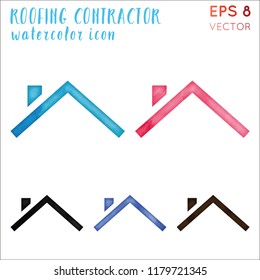Comprehending Seasonal Influences On Commercial Outside Paint: Vital Understanding For Success
Comprehending Seasonal Influences On Commercial Outside Paint: Vital Understanding For Success
Blog Article
does paint have a shelf life -Regan Rodriquez
When you're intending a commercial external paint job, seasonal aspects can make or damage your results. You'll want to take into consideration exactly how temperature level and humidity influence paint application and drying times. Picking the ideal season can ensure your paint sticks effectively and lasts much longer. But which seasons are really the best for this type of work? Allow's check out the key elements that can impact your project's success.
The Impact of Temperature Level on Paint Application
When you're planning an industrial outside painting task, the temperature can significantly affect how well the paint adheres and dries out.
Preferably, you want to repaint when temperature levels vary in between 50 ° F and 85 ° F. If room and ceiling painted same color 's as well chilly, the paint may not heal correctly, bring about problems like peeling or breaking.
On the flip side, if it's as well warm, the paint can dry out as well swiftly, stopping proper attachment and leading to an unequal finish.
You need to also think about the time of day; morning or late afternoon provides cooler temperatures, which can be much more favorable.
Constantly inspect the producer's suggestions for the particular paint you're utilizing, as they often provide support on the optimal temperature range for ideal outcomes.
Moisture and Its Impact on Drying Times
Temperature isn't the only ecological variable that influences your industrial exterior paint task; moisture plays a substantial duty also. High humidity degrees can slow down drying times substantially, influencing the overall high quality of your paint task.
When the air is filled with wetness, the paint takes longer to treat, which can bring about concerns like poor bond and a higher danger of mildew development. If you're painting on an especially damp day, be gotten ready for extensive delay times in between layers.
It's crucial to monitor neighborhood weather and strategy accordingly. Preferably, aim for humidity degrees in between 40% and 70% for ideal drying out.
Keeping these factors in mind ensures your project stays on track and supplies a long-term finish.
Best Seasons for Commercial Outside Paint Projects
What's the most effective season for your industrial external painting jobs?
Springtime and very early fall are typically your best choices. During these seasons, temperature levels are light, and moisture levels are frequently reduced, creating suitable problems for paint application and drying out.
Stay clear of summer season's intense heat, which can trigger paint to dry too rapidly, bring about inadequate bond and coating. Similarly, winter's cold temperatures can hinder correct drying and treating, running the risk of the durability of your paint job.
Go for days with temperature levels in between 50 ° F and 85 ° F for optimal results. Remember to inspect the regional weather prediction for rain, as damp conditions can spoil your job.
Preparation around these variables guarantees your painting project runs smoothly and lasts much longer.
Final thought
To conclude, intending your business exterior painting jobs around seasonal considerations can make a substantial difference in the result. By organizing work during the ideal temperatures and humidity degrees, you'll guarantee far better attachment and drying times. Keep in mind to keep an eye on regional weather report and select the correct time of year-- springtime and very early fall are your best choices. Taking these steps will help you accomplish a sturdy and specialist coating that lasts.
